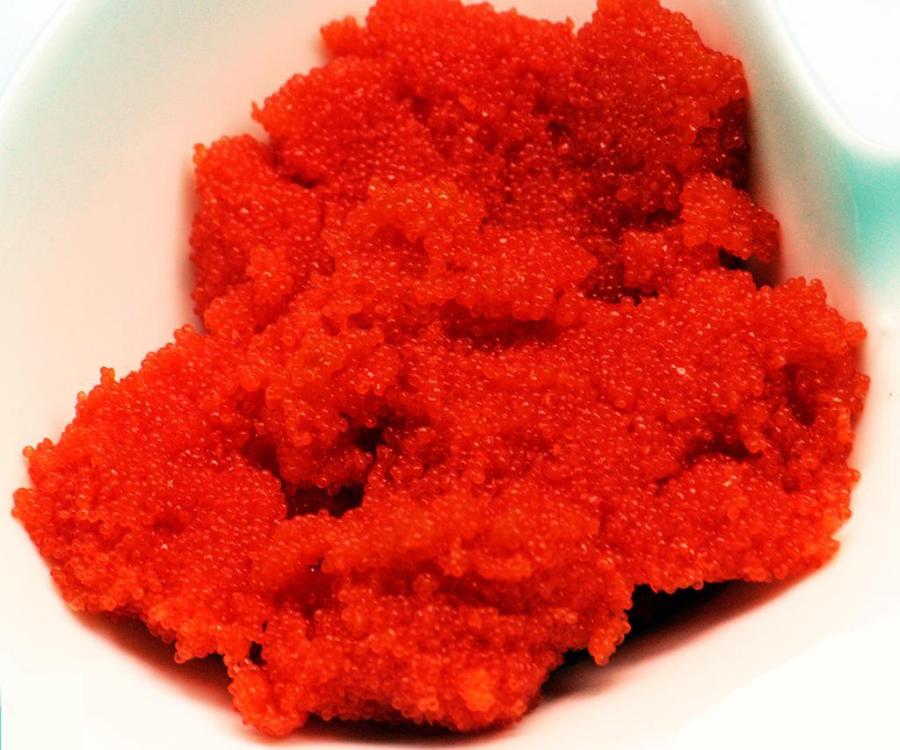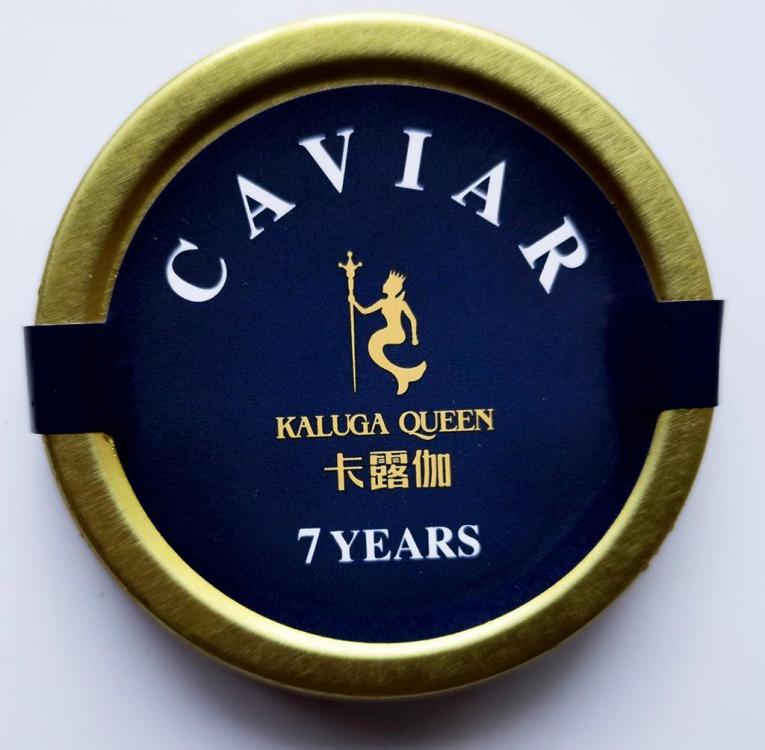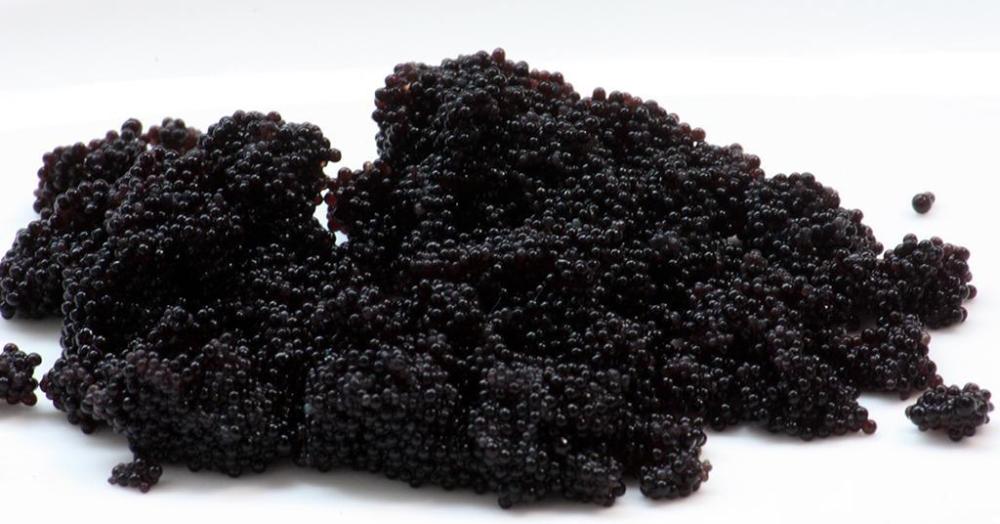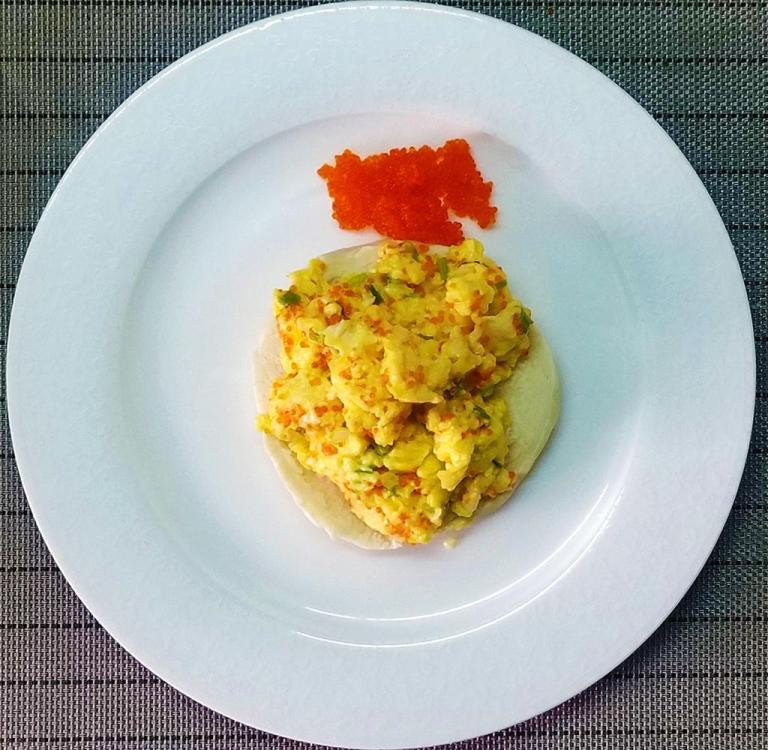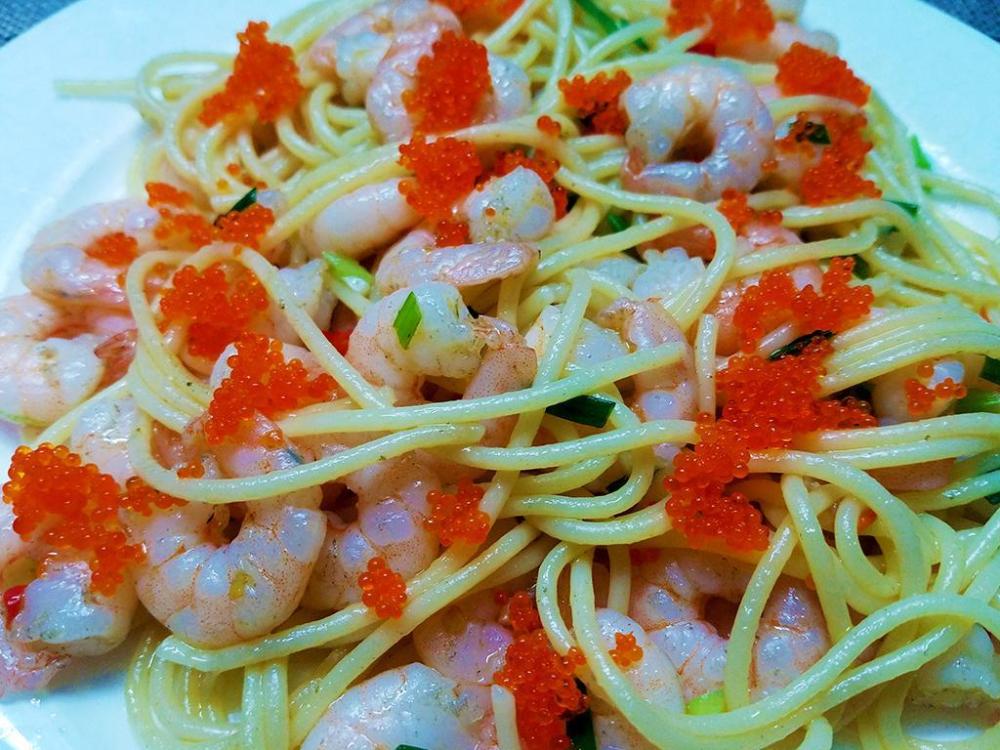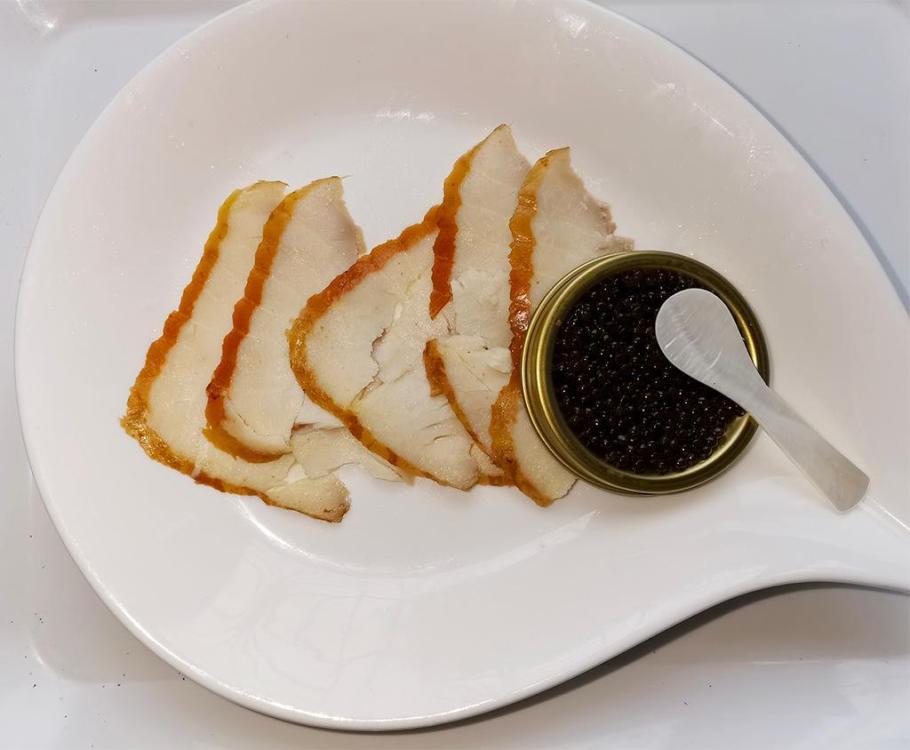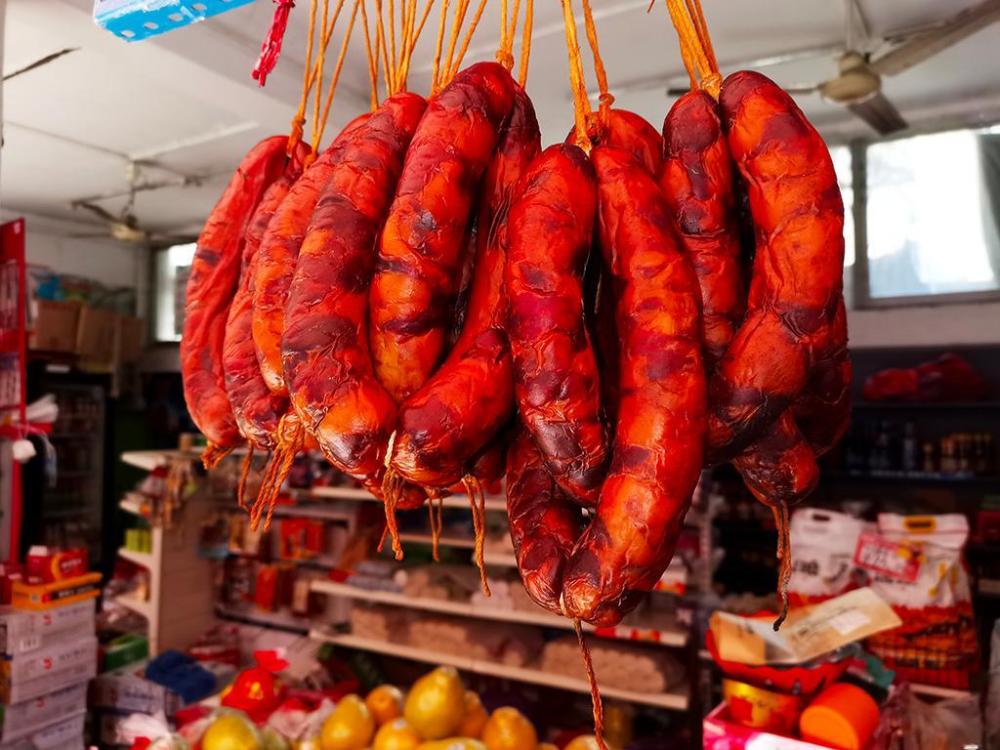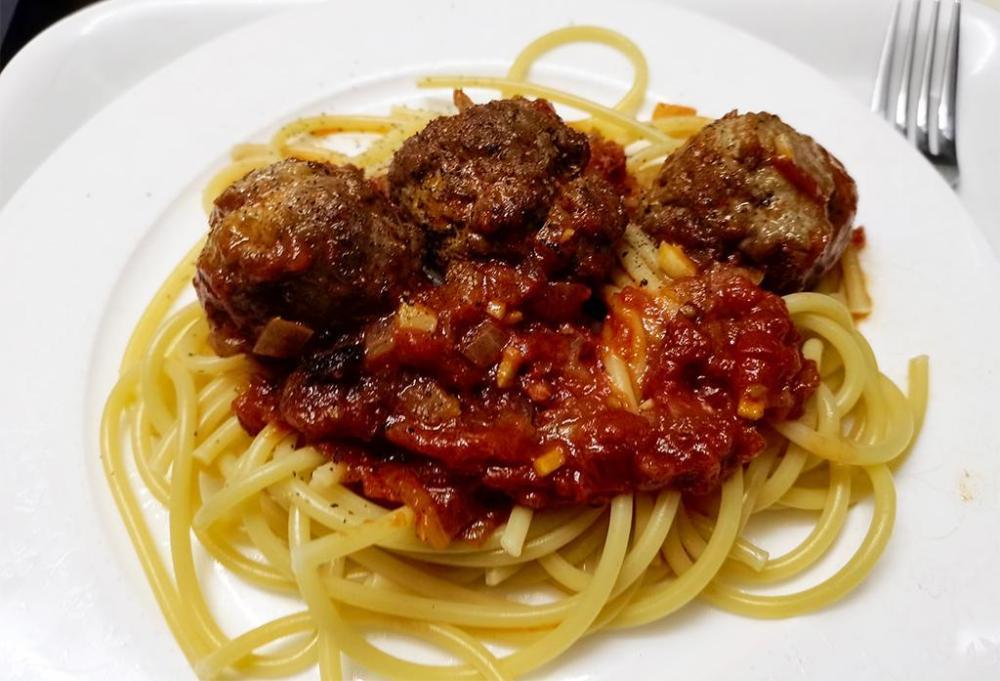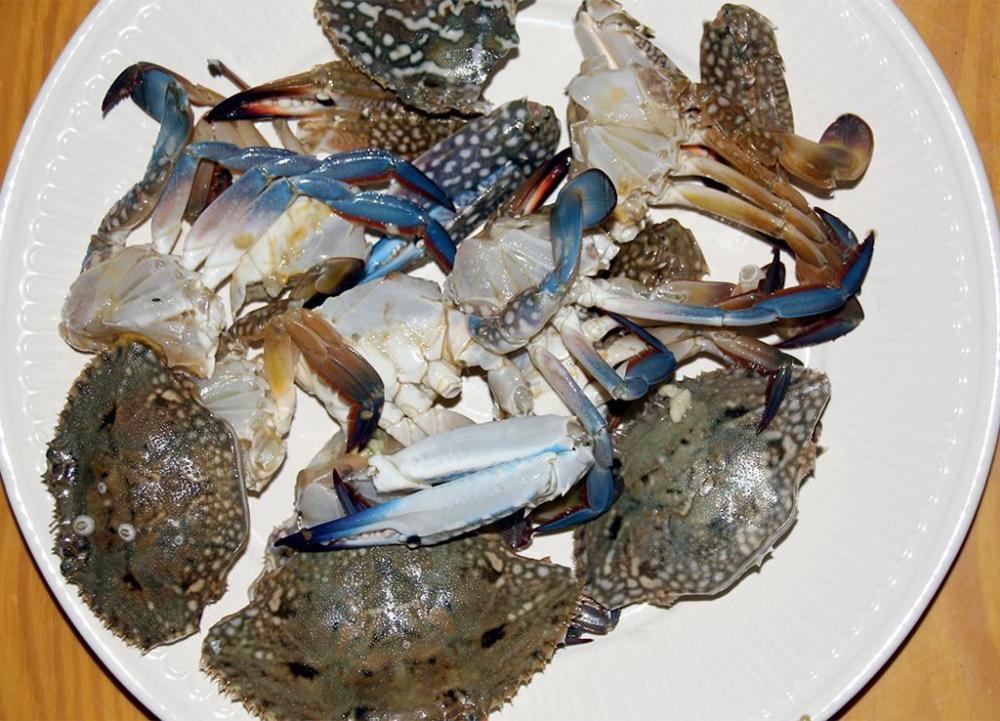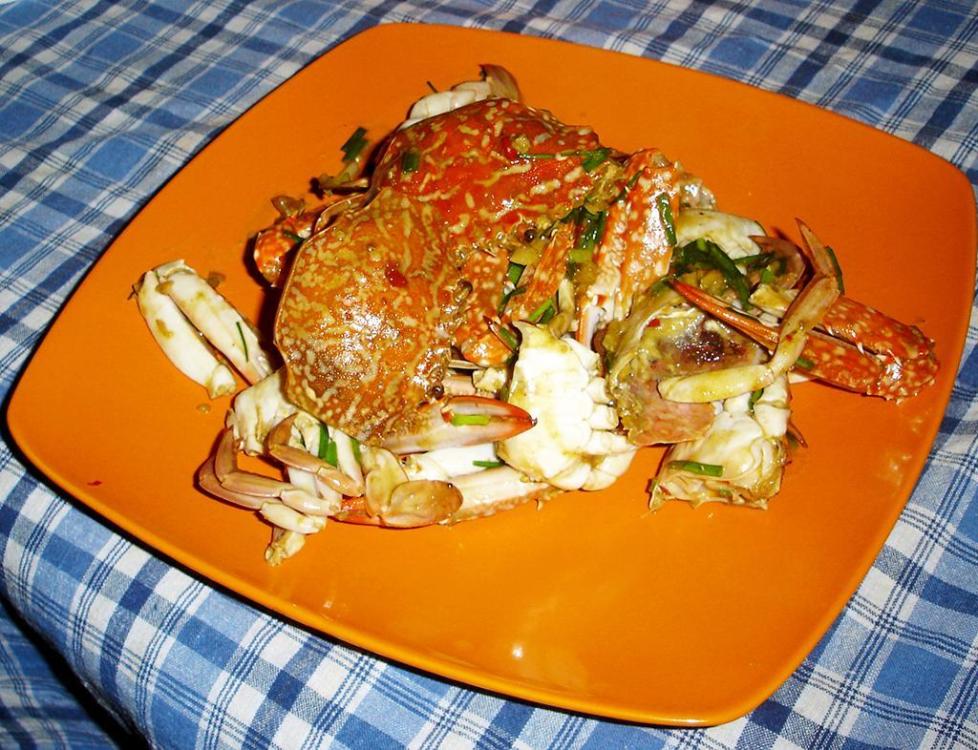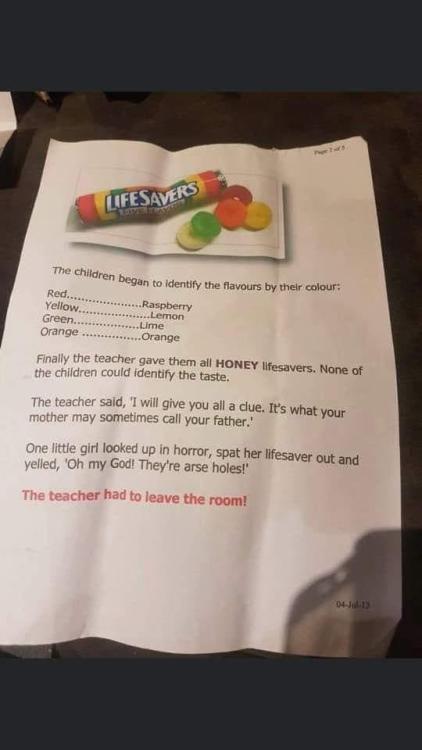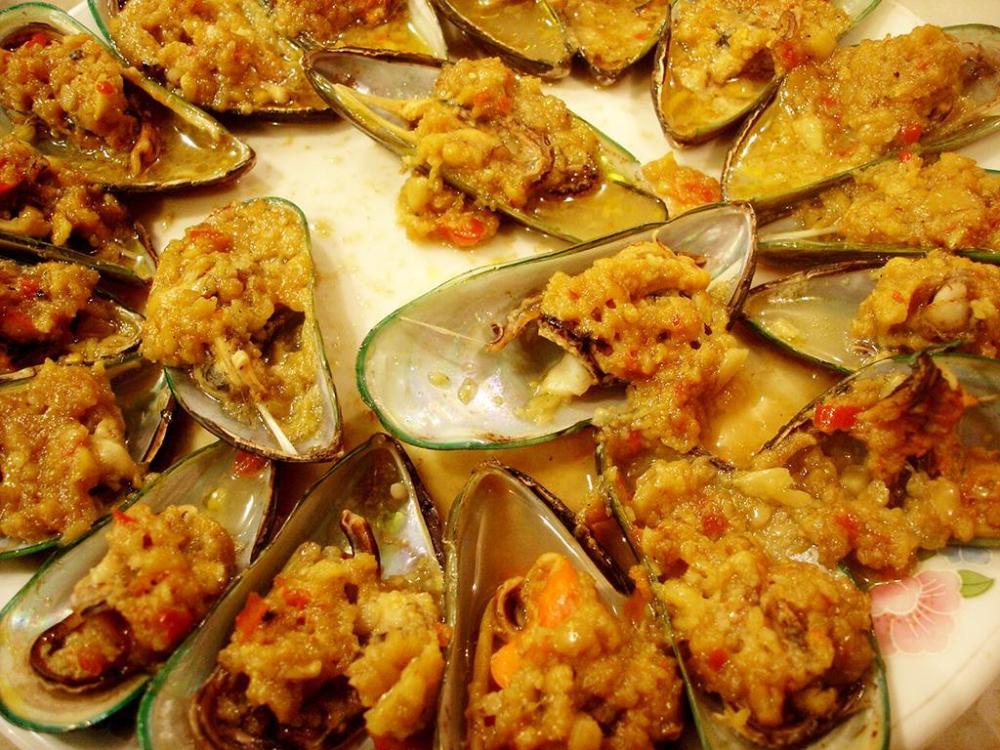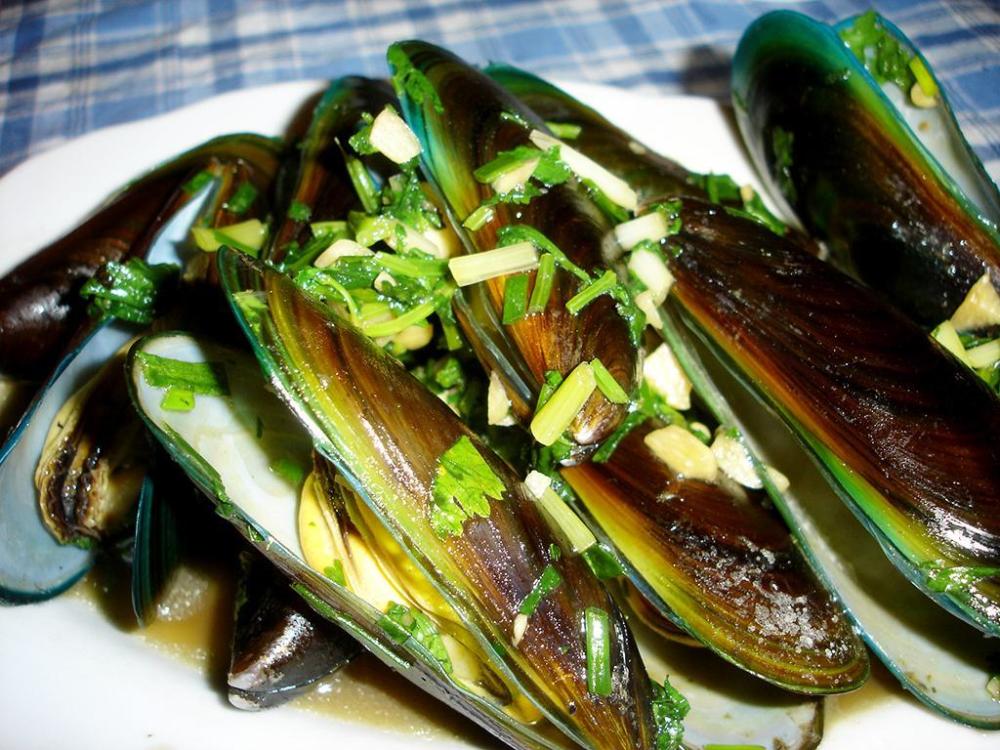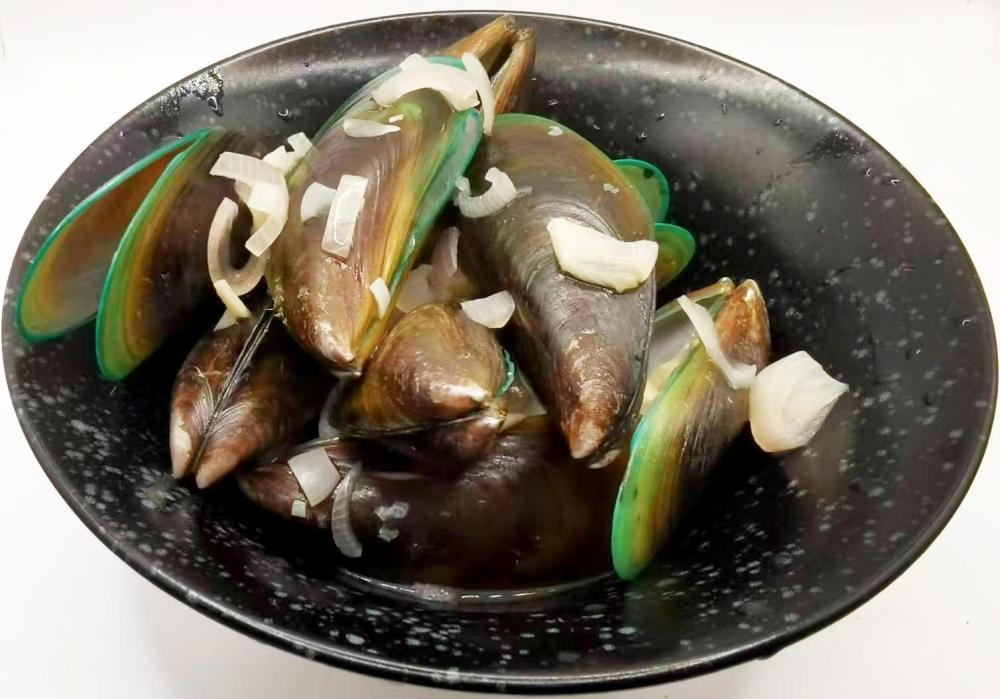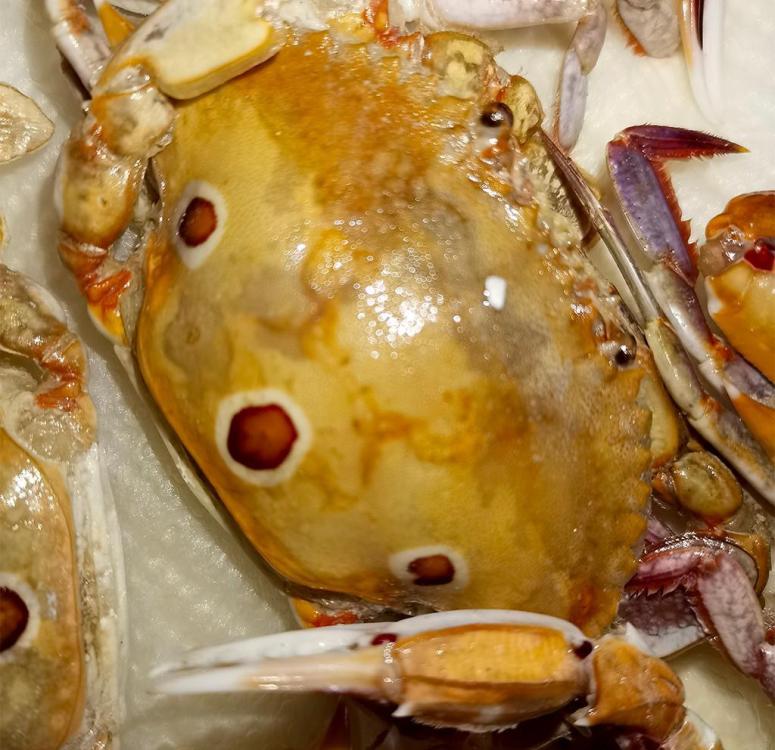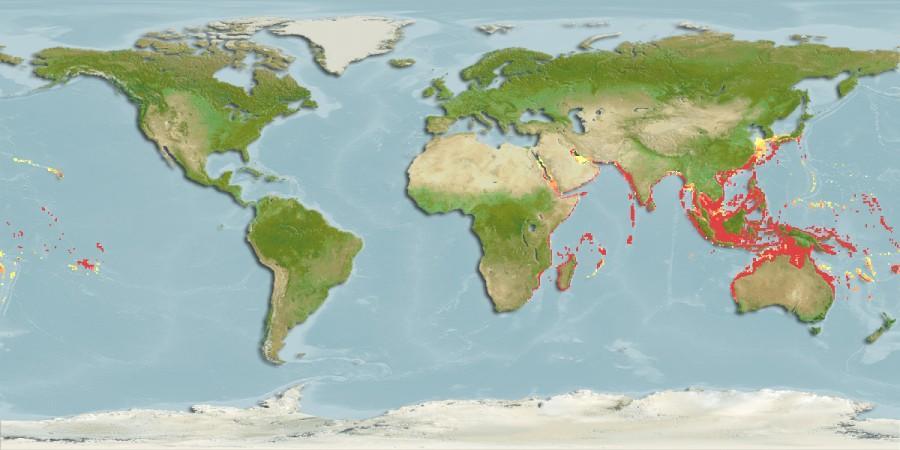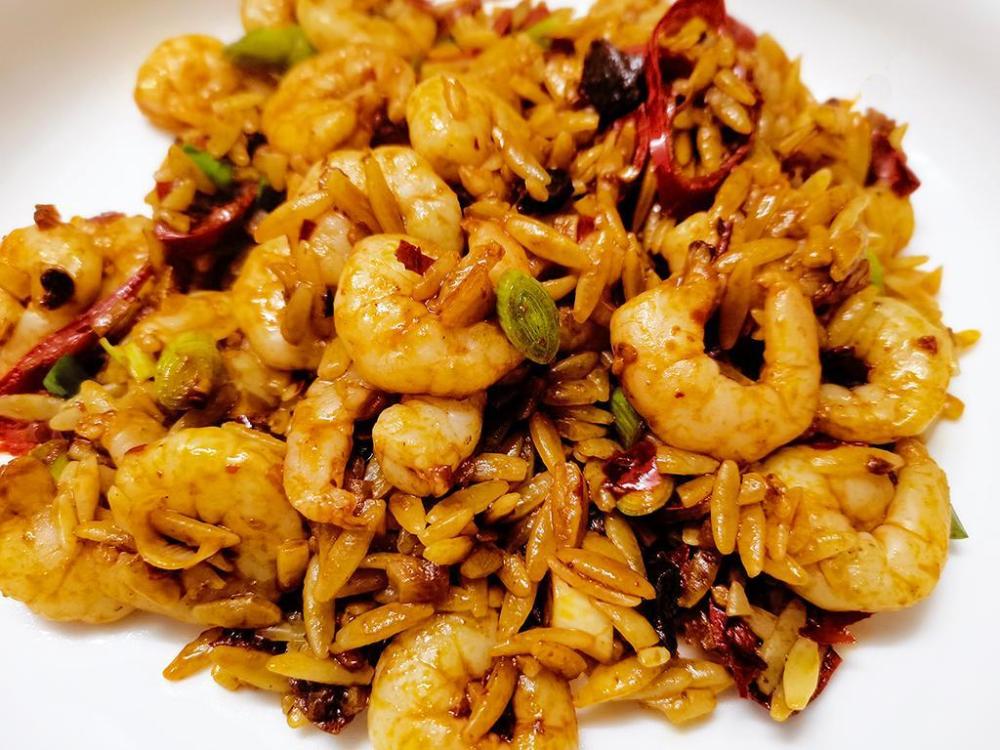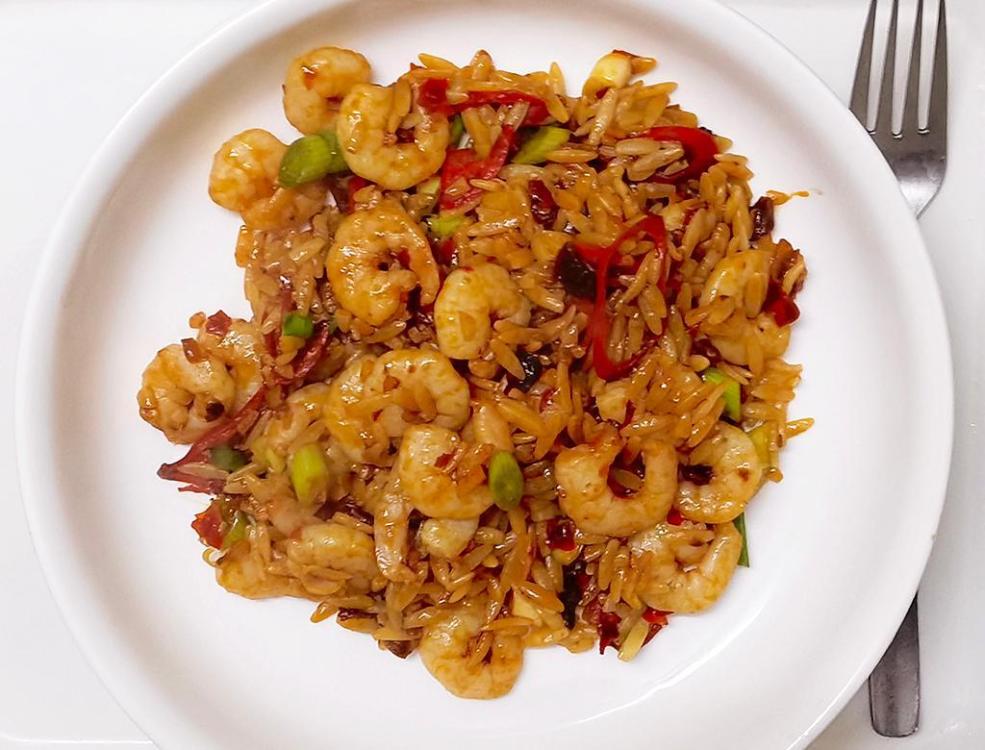-
Posts
16,662 -
Joined
-
Last visited
Content Type
Profiles
Forums
Store
Help Articles
Everything posted by liuzhou
-
A history of the square sausage, including a recipe for making your own
-
Absolutely. If not better. And the sturgeon are not endangered as the Russian and Iranian was until it was largely banned.
-
All the more for me then! Many years ago, I did some work with the then-USSR government and spent a week eating caviar by the kilogram in the Soviet Embassy in London. Heaven! More on that here. I can usually buy salmon roe online, but last time I tried it was out of stock. Covid related supply chain issues, methinks. I should try again.
-
Flying Fish Roe I’m fairly certain that 鱼子 (yú zǐ) Roe only became popular as part of the Japanese style sushi restaurant fad about fifteen years ago. It is found on the sushi counter in one of my supermarkets. We get various types. I’ve mentioned capelin roe before, but more common is flying fish roe (飞鱼子 - fēi yú zǐ). Then crab roe (蟹黄水 - xiè huáng shuǐ). Crab Roe Only rarely do we see lumpfish roe (圆鳍鱼子 - yuán qí yú zǐ). To be honest, they all taste pretty much the same and are used more for decoration than flavour. Scrambled Egg with Red Crab Roe Spaghetti Prawn with Flying Fish Roe Then I must mention true caviar. It is little known, but China is now the largest supplier of caviar in the world, with one company in Zhejiang province alone supplying 30% of the world market. Eat in a 3-Michelin starred restaurant in Paris and there is a high probability that the caviar will be from Kaluga Queen. In 2017, out of the 26 3-star restaurants in Paris, 21 served Kaluga Queen caviar. This is a can of their 7-year old eggy delight which I have in my fridge for Christmas morning. 10 grams / 0.35 ounces for the equivalent of $21 USD. P.S. The same company also sells its smoked sturgeon which is to die for. Smoked Sturgeon with Caviar
-
I have no idea what's going on. Situation normal. Today, I went to the local supermarket to pick up some minor essentials and the woman at the checkout threw a bunch of greenery* into my basket, saying "It's a gift!", except she said "送给你" which is the Chinese, of course. I thanked her and asked politely why. She just smiled enigmatically. * Bitter Hemp
-
4-5 days
-
Yesterday evening, I was in the local convenience store and saw that the couple who own it had hung up their spicy, home made sausages to dry, as people do every winter. I took the picture below and the man of the shop lifted them down and gave me half of them!
- 666 replies
-
- 13
-

-
-
How precisely do you tell a "local Asian" from a visiting one? And why would Chinese visitors want to buy something they can easily get at home for much less money?
-
The crabs we see here most often, by far, are what appears to be 蓝蟹 (lán xiè), Callinectes sapidus or the Blue Crab. I guess that these, being native to the Americas, have been introduced at some point to local waters. They are slightly less available since the pandemic, but I have no idea what causes that given that other aquatic supplies from the same area are still plentiful. Maybe coincidence. My lovely seafood gal in the market sells them live, but will clean them for me in seconds if I require, which I nearly always do. I can do it myself, but it takes me longer. Cleaned Crab The biggest compliment I was ever paid was a few years back when I was invited to a family Chinese New Year dinner and the hostess, a proudly wonderful cook asked me to cook the crabs as “you do it best!” For a Chinese cook to hand over her kitchen, even for one dish out of many, is a rare honour. Yet, what I cooked is actually quite simple and I had shown her several times how I do it. Simply fry some garlic, ginger, chilli (lots) and fermented black beans then add the crab. Stir fry until almost done and add oyster sauce and soy sauce. How much? The correct amount, as every Chinese language cookbook advises! Finish off with some Chinese chives. Ken's Killer Krab
-
Absolutely. Some serious over thinking going on here. There's champ. too!
-
Black pepper is rarely used in Chinese cuiusine, so yes, I'd bet on it being white pepper. Depending on the region Sichuan peppercorns are also a possibility, but as I noted they aren't normally a feature of Cantonese cuisine. There are a number of braised dishes in the Chinese kitchen, although it is not as common as in western cooking. I guess the reason for that goes back to the fuel-saving idea that led to the stir-fry wok culture. Braising would have been seen as too fuel-guzzling.
-
Dried citrus peel is very common, usually tangerine or orange. Everyone dries their own, including me, but if you forget or run out, every store also sells it. Unlikely to be peppercorns in Cantonese cuisine.
-
I've never made a master stock, although I've eaten plenty. It is a Cantonese concept, and Cantonese cuisine is far from being my favourite of China's regional cuisines. I can't see it being the herbs or spices causing your problem. What else is in there? I know it usually contains rock sugar (which in China is considered to be a spice (as it is elsewhere).
-
-
Do you eat them from the pot, too?
-
Yes. On the plate for me.
-
青口螺 (qīng kǒu luó, literally ‘green mouth shell’), Perna viridis or Asian green mussels are what we usually see round here. They only occasionally turn up in supermarkets or markets, but are widely available in seafood restaurants and night market food stalls. The are available to me for delivery from a couple of places live or cooked. They tend not to be common in tropical waters, so most here come from the cooler north-eastern waters off China. They are extensively farmed. 乳山 (rǔ shān), a city in Shandong province is famous in China for its mussels. The locals cook them strangely to my western mind. I prefer the simple European styles - moules marinière or moules-frites. Home made moules Also, although it is highly atypical for me, but I do reluctantly admit to liking the Cantonese* favourite, mussels in soup with fermented black beans. However, I prefer my own take on the combination, cooking them broth-less with the black beans. Mussels with Fermented Black Beans The locals nearly always shuck them and grill them covered in minced garlic. Nothing wrong with that, but I don't want it every time. Grilled Mussels with Garlic *My least favourite type of regional Chinese cuisine.
-
Another crab we get is the 三点蟹 (sān diǎn xiè), Portunus sanguinolentus, known variously as the three-spot swimming crab , blood-spotted swimming crab or red-spotted swimming crab. This confused me at first as the three spots on the shell are often decidedly black and not red. However, when cooked, they do turn red. They are native to the inter-tidal zones of river estuaries in the Western Pacific and Indian Ocean areas (see map below). They can grow as large as 20 cm / 8 inches wide, but those sold as food, both fresh and frozen, tend to be younger specimens around 10 to 15 cm / 4 to 6 inches. Image licenced by AquaMaps (2019, October). Computer generated distribution maps for Portunus sanguinolentus (threespot swimming crab), with modelled year 2050 native range map based on IPCC RCP8.5 emissions scenario. Retrieved from https://www.aquamaps.org. These crabs can be steamed or fried. I like them simply steamed and served with a soy and vinegar dip.
-
I think that unlikely. More probably targetting Chinese (or other Asian immigrants) to Australia.
-
https://www.theguardian.com/lifeandstyle/2021/nov/29/it-looks-like-fresh-sewage-we-taste-test-christmas-dinner-flavoured-foods-from-soup-and-crisps-to-sarnies




